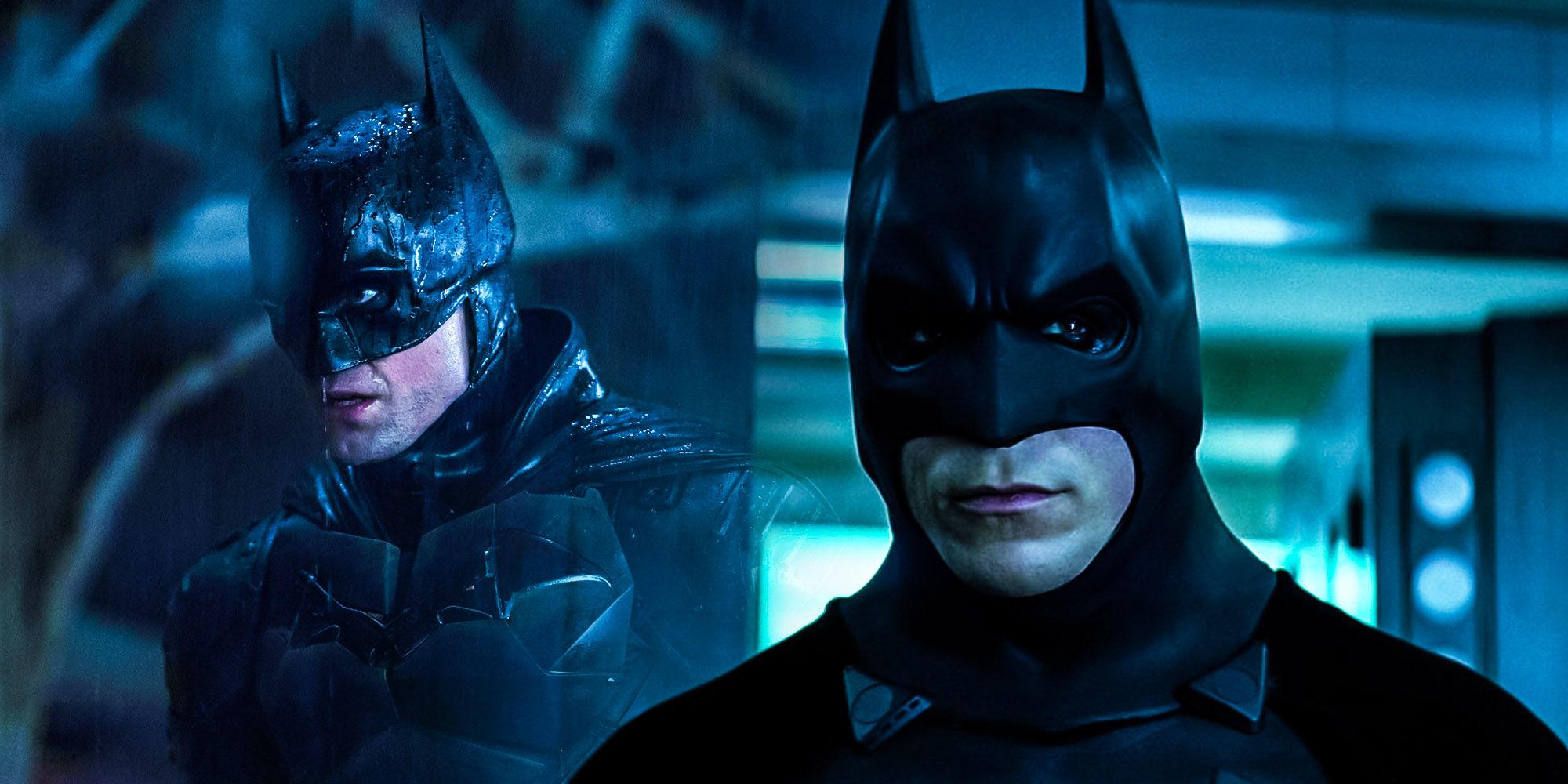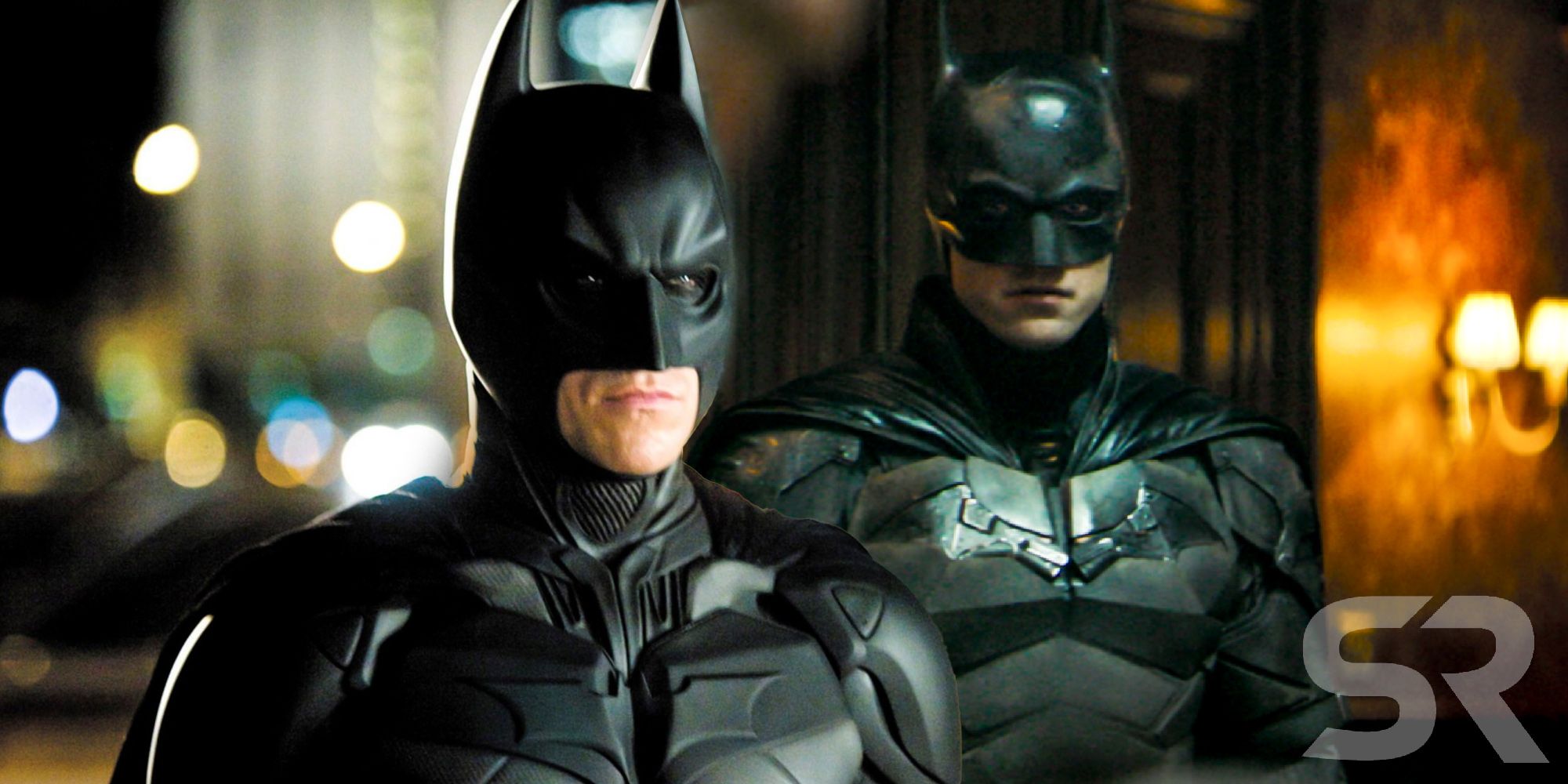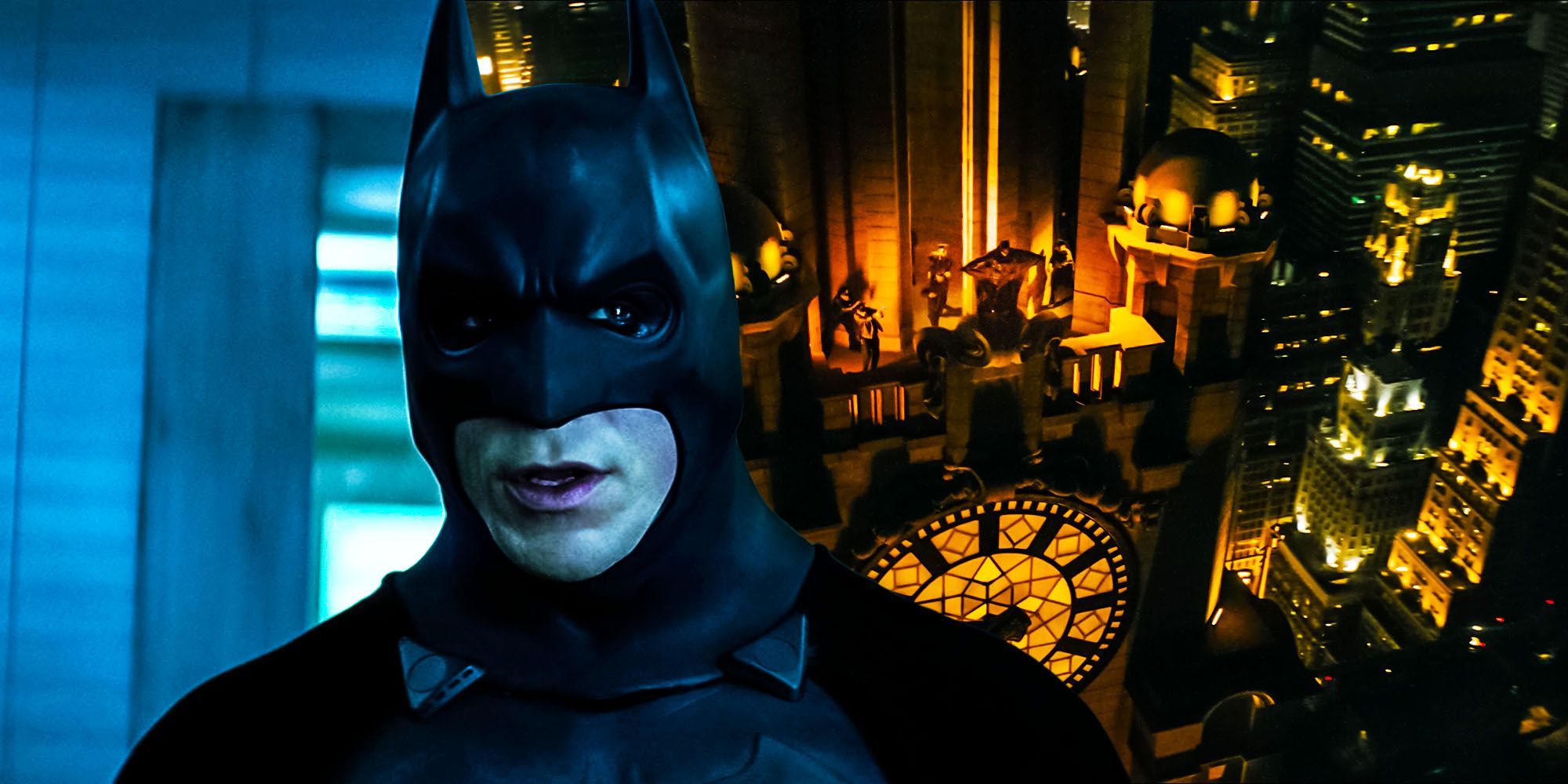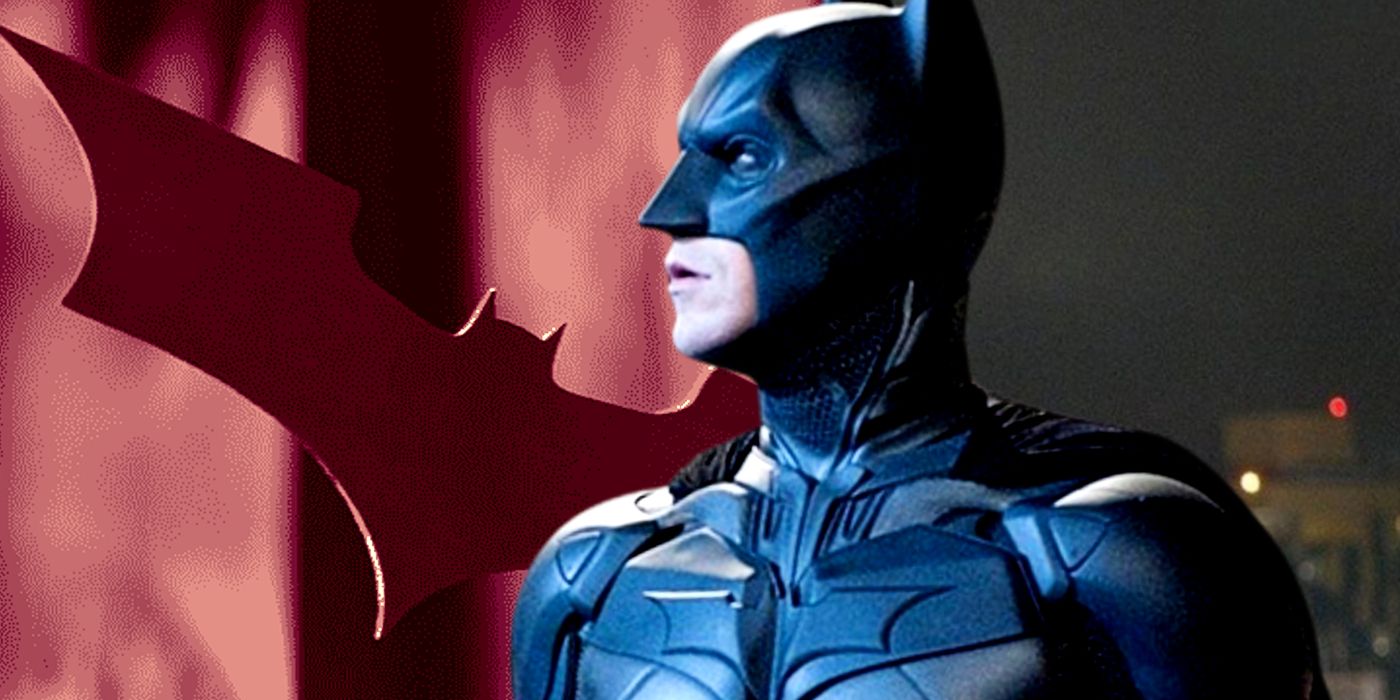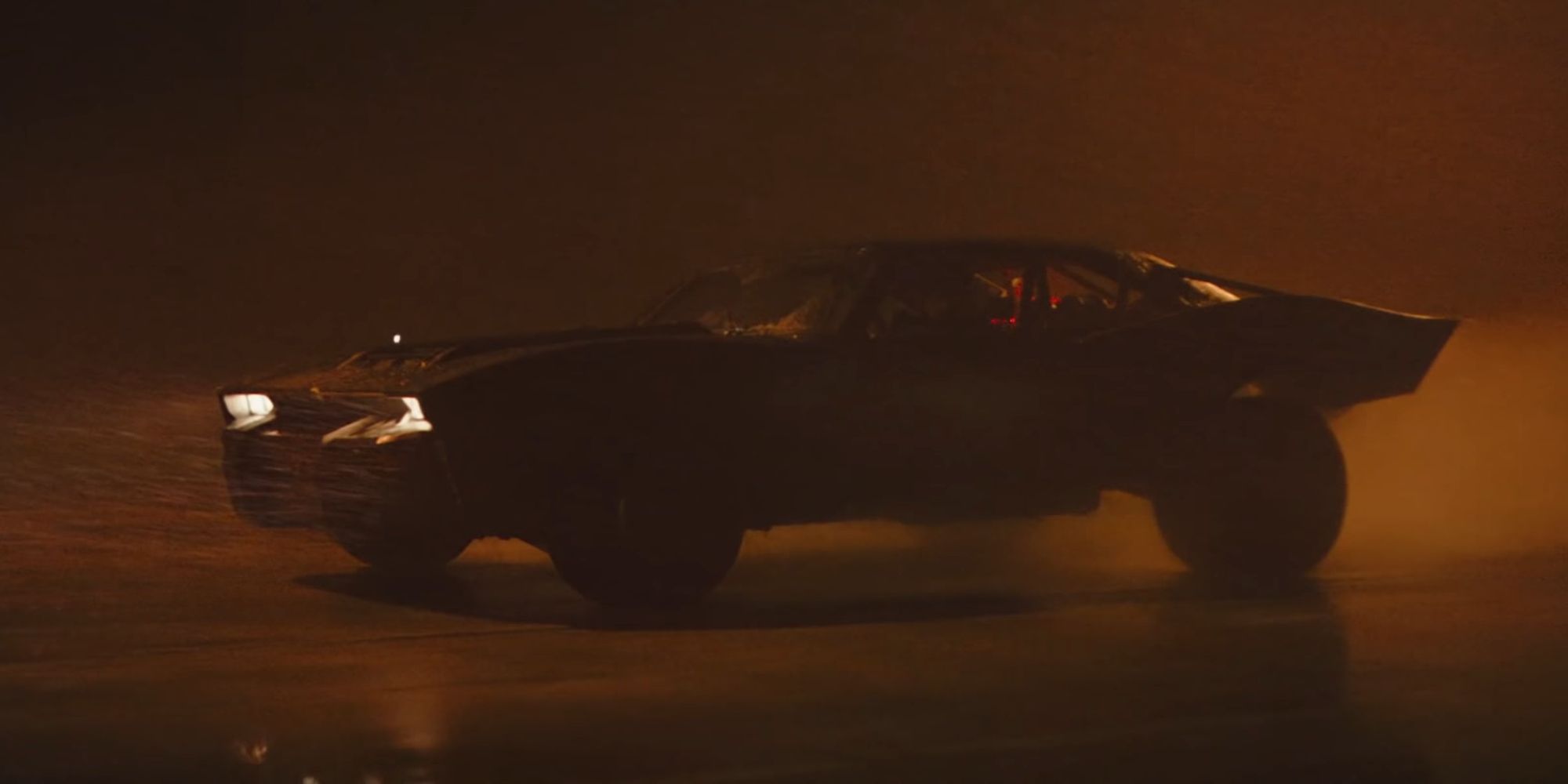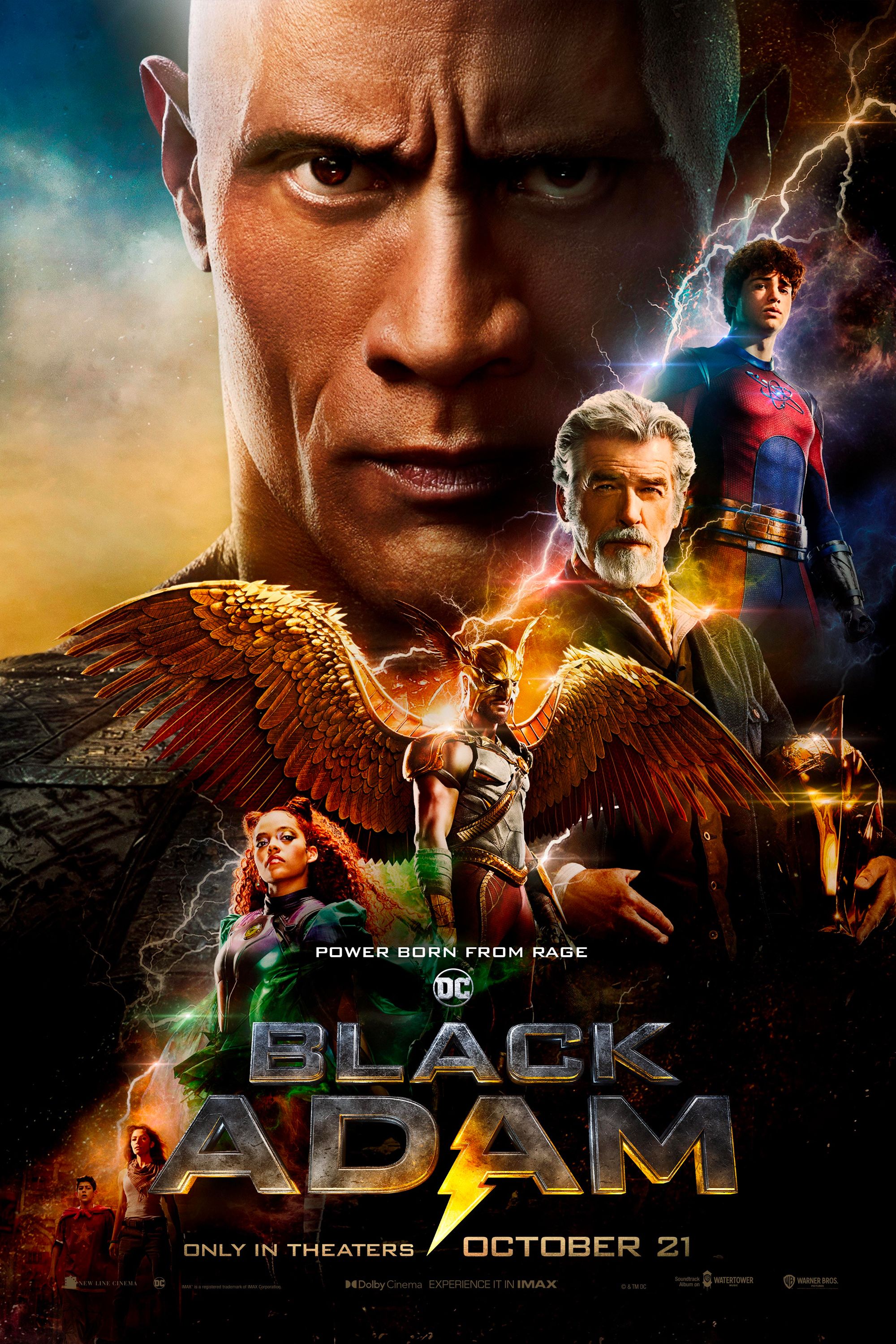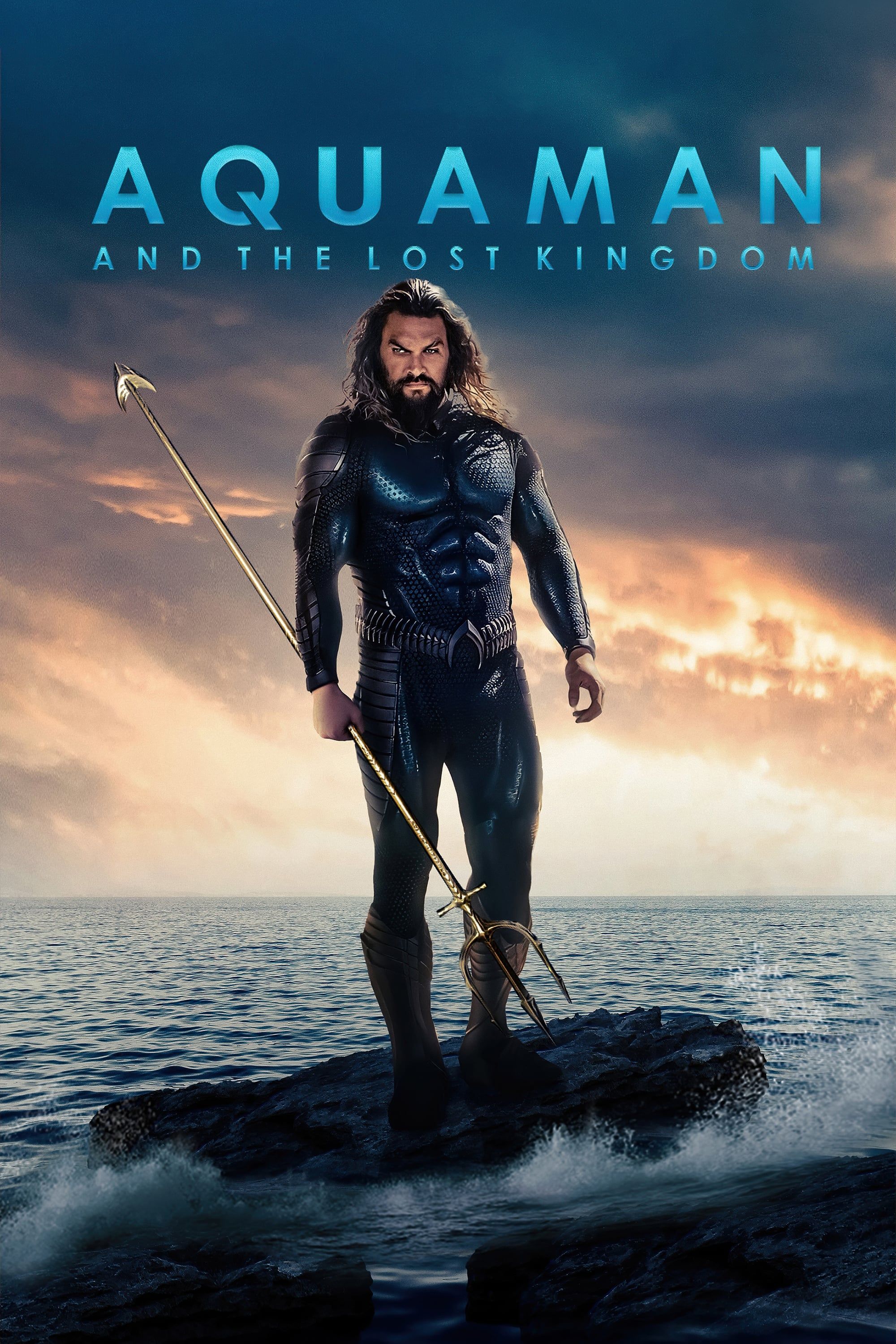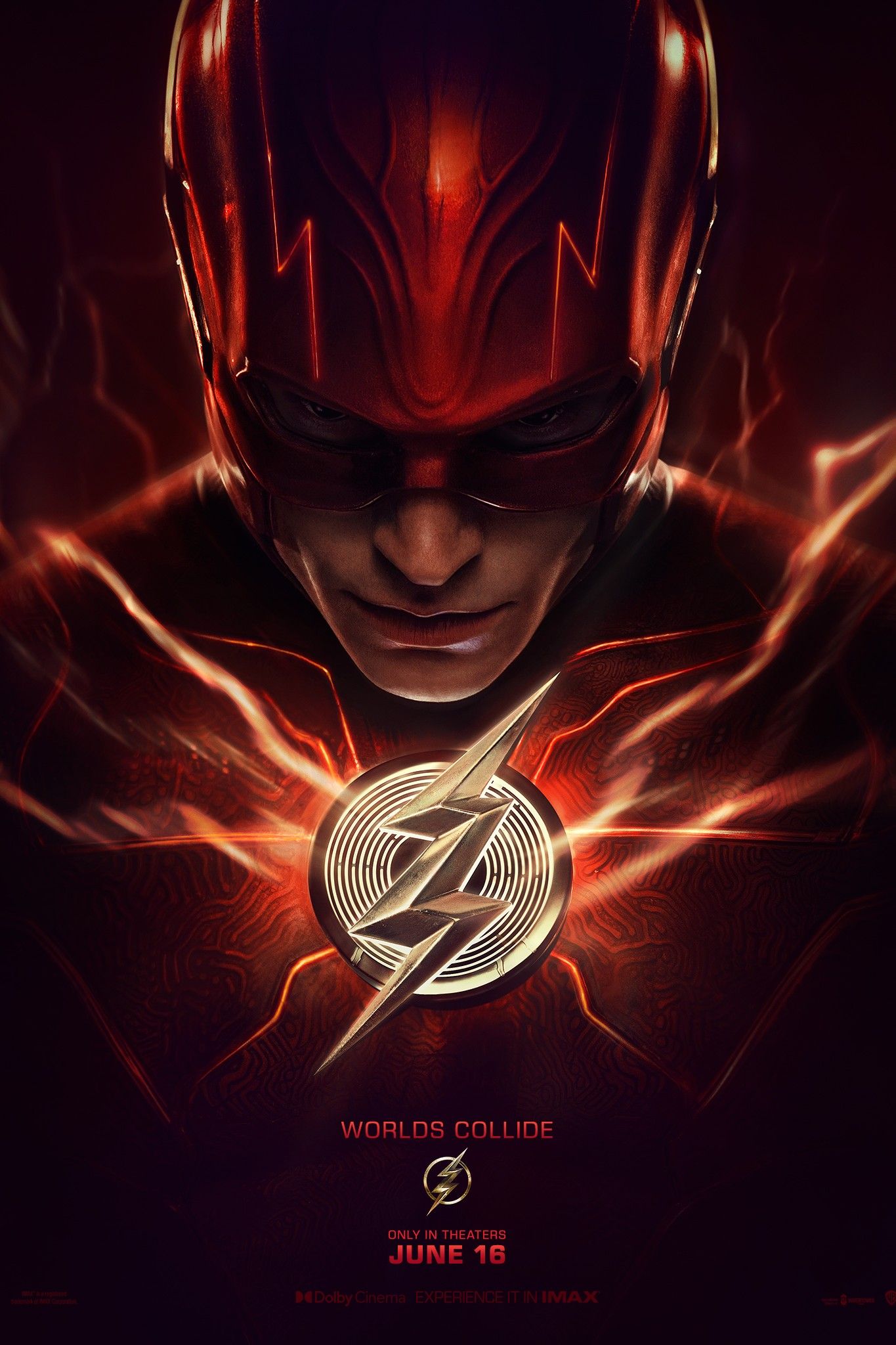The Christian Bale and Robert Pattinson versions of Batman each put a stronger emphasis on realism than any other cinematic iteration of the Caped Crusader, particularly where their gear is concerned. Christopher Nolan’s celebrated Dark Knight Trilogy differentiated itself from previous Batman film franchises by imbuing Bale’s Bruce Wayne with an unprecedented level of verisimilitude, showing how he built his arsenal of gadgetry, piece by piece. Matt Reeves took a similar approach in The Batman and made the scale even smaller and more personal than Nolan’s films, with a comparable level of realism as well. The two franchises have fundamentally similar depictions of Batman, but, depending on the gear, one is more realistic than the other.
Since the character's 1939 debut, the Batman mythos has often been depicted as a heightened reality, with many similarities to the real world but a fundamental layer of fantasy that allows many of the comics' lovably bizarre concepts to exist. The Tim Burton and Joel Schumacher Batman films emphasized the fantasy elements of the mythos, with the former creating a macabre expressionist cityscape that was equal parts glorious and terrifying and the latter reimagining Gotham City as a brightly-colored futuristic environment. While Burton and Schumacher made little effort to ground their worlds in reality, they still told aesthetically-pleasing escapist fantasy stories.
The 1960s Batman TV series and the DCEU’s iteration of Batman were both more concerned with replicating the comic source material and thus lean more towards fantasy than reality. The Nolan and Reeves franchises set themselves apart from the majority of Batman adaptations by trying to make the Dark Knight as believable as possible. While a specific focus on realism over fantasy (or vice-versa) isn’t what necessarily makes an adaptation superior to others, the two franchises had unique and compelling approaches to world-building and their narratives due to their emphasis on realism. Of the two iterations of Batman, here’s who has the more realistic equipment.
Batsuit: Bale
Batman Begins delves into the construction of Batman’s first Batsuit, establishing that it’s an experimental survival suit for the US Military that was considered too expensive for regular use. Designed by Lucius Fox, the suit is fireproof and enforced with Kevlar, rendering it impervious to knife attacks yet vulnerable to direct hits from gunfire. Despite its protective armor, the suit restricted Batman’s movement, so he commissioned a new Batsuit in The Dark Knight. The new suit was lighter and far more flexible, yet more vulnerable to knives and firearms making it and its predecessor the most realistic depictions of Batman’s armored Batsuit on film.
Robert Pattinson’s armored suit in The Batman was a bit more far-fetched. Throughout the film, Batman takes direct hits from small arms fire at close (or even point-blank) range, with the armor leaving him virtually unimpeded. The armor also protects Batman from a rogue landing when he escapes the Gotham City police via his wingsuit. The Batsuit absorbs most of the damage, leaving Batman wounded but not severely injured. Pattinson’s armored Batman suit even keeps him alive when a bomb explodes directly in front of him, though the concussive force renders him unconscious. Only in the third act of The Batman, when hit with shotgun blasts at close range and a high-caliber sniper round, does the suit begin to take damage.
Gliding Cape: Pattinson
The Dark Knight Trilogy frequently features Batman gliding through Gotham City, as he did in the comics. Batman Begins provides an origin for Batman’s gliding cape, describing it as being made of a “memory cloth” that becomes rigid and conforms to a specific shape when charged with electricity from Batman’s gauntlets. When activated, Batman’s cape becomes a bat-like hang-glider, allowing him to glide silently through the air, often giving him the element of surprise over his enemies. Batman used this gadget effortlessly throughout The Dark Knight Trilogy, diving off rooftops and landing gracefully, despite the hazardous nature of gliding through the city.
Batman’s gliding cape is far more realistic (and dangerous) in The Batman. Batman’s suit has a one-time-use feature where the cape stretches out into a wingsuit. As demonstrated when Batman escaped pursuing policemen with the wingsuit, his outfit’s gliding feature is extremely dangerous. To slow his descent, the wingsuit has a built-in parachute, which, when combined with Batman’s protective armor, prevented him from enduring potentially-fatal injuries when landing. Once the wingsuit feature is used, Batman’s suit no longer has a cape. The Batman’s version of the gliding cape is so dangerous that even Batman shows a brief moment of fearful hesitation before using it.
Batarangs: Tie
One of Batman’s most iconic gadgets, the Batarang, is a non-lethal throwing weapon in the comics, meant to cause calculated environmental damage or incapacitate criminals. In the comics and most live-action adaptations, Batarangs do precisely as much damage as they need to, being able to cut ropes with ease but causing no significant injuries when used against ordinary criminals. The Dark Knight Trilogy arms its version of Batman with Batarangs, but depicts them as nothing more than bat-shaped shurikens, tying them to Batman’s ninja training in Nolan’s continuity. Standard batarangs are never used against criminals, but Batman uses them to distract and intimidate his enemies. The Dark Knight Rises features a variation of the standard batarang in the form of bat-shaped tranquilizer darts.
The Batman features the most unique cinematic version of the batarang yet. Rather than being based on a boomerang or shuriken, Pattinson’s batarang is a bat-shaped survival knife that he keeps hidden in plain sight by making it his suit’s chest emblem (perhaps referencing Tim Drake’s Robin outfit, whose “R” logo was a hidden emergency shuriken). Batman uses his batarang once in The Batman, cutting an electrical cable to prevent it from electrocuting endangered civilians. The batarangs shown in The Dark Knight Trilogy and The Batman are both equally realistic versions of Batman’s famous weapon.
Batmobile: Pattinson
In Batman Begins, Batman’s famous high-tech car, the Batmobile is given a similar origin to his Batsuit. Originally designated the “Tumbler,” the Batmobile is an experimental US Military vehicle with extremely durable armor plating and an arsenal of weaponry in addition to speeds that far outclass any cars in Gotham City. While Christian Bale’s Batmobile has a realistic origin, the vehicle itself and its execution in the films aren’t quite as grounded in reality as Robert Pattinson’s version, particularly when soaring off buildings and destroying the rooftops of Gotham City.
In The Batman, the Batmobile is a classic muscle car with modifications for crime-fighting. Appearing similarly to a conventional sedan at first glance, Pattinson’s Batmobile is outfitted with an afterburner, a front bumper battering ram, and bulletproof glass windows. While the vehicle gave The Batman one of its most exciting action sequences, it’s easily the most low-tech version of Batman’s car yet. As with most of Robert Pattinson’s Batman gear, this version of the Batmobile is even more realistic than the one used by Christian Bale’s Dark Knight.

